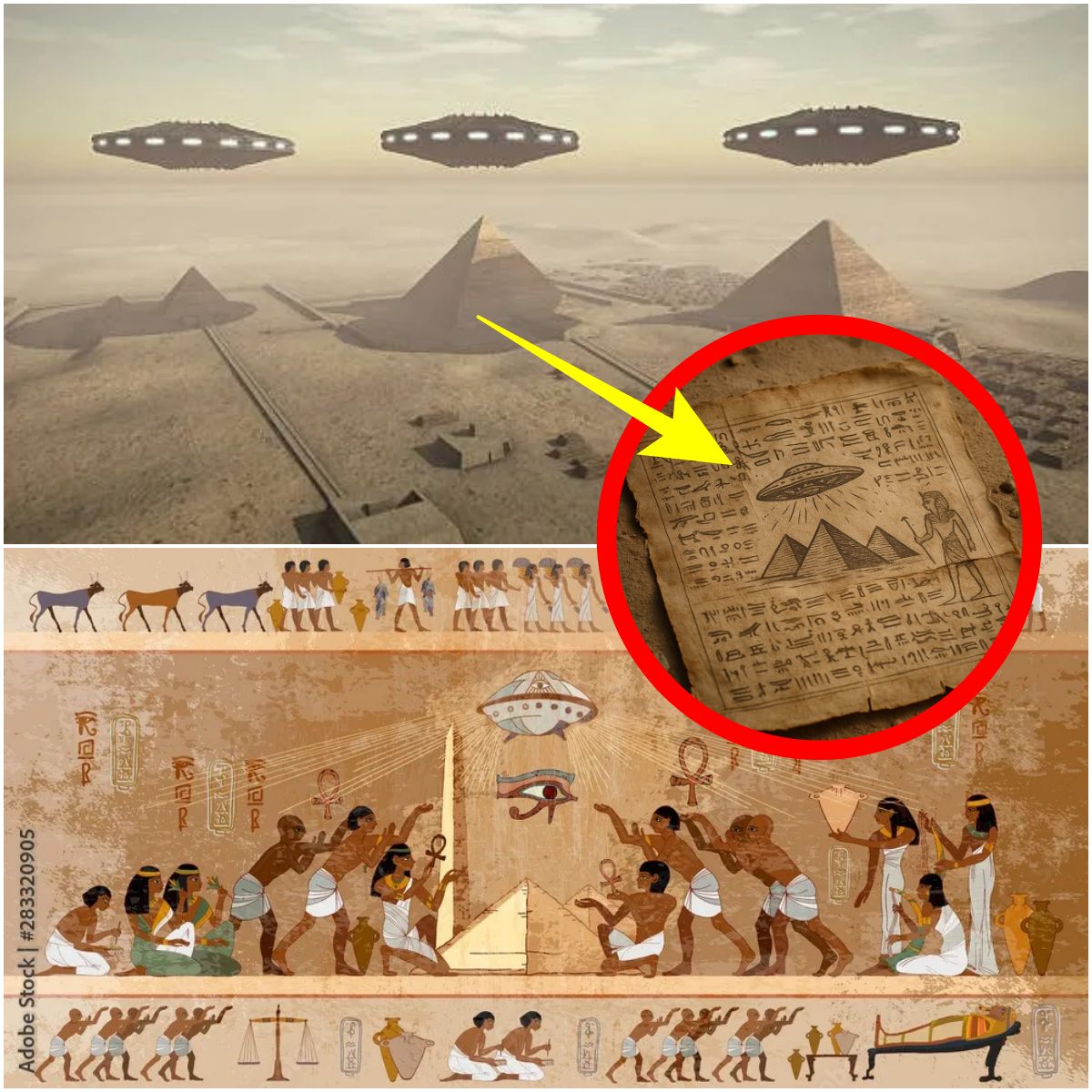Ancient Mysteries Unearthed in the Philippines: New Discoveries Reshape Early Human History in Southeast Asia
The Philippines has become the focal point of a series of groundbreaking archaeological discoveries that are challenging long-held beliefs about early human history in Southeast Asia. Recent excavations across multiple islands have revealed ancient artifacts and skeletal remains that are not only astonishing in their preservation but also profoundly significant in what they suggest about early human migration and cultural development.
Uncovering a Hidden Chapter of Prehistory
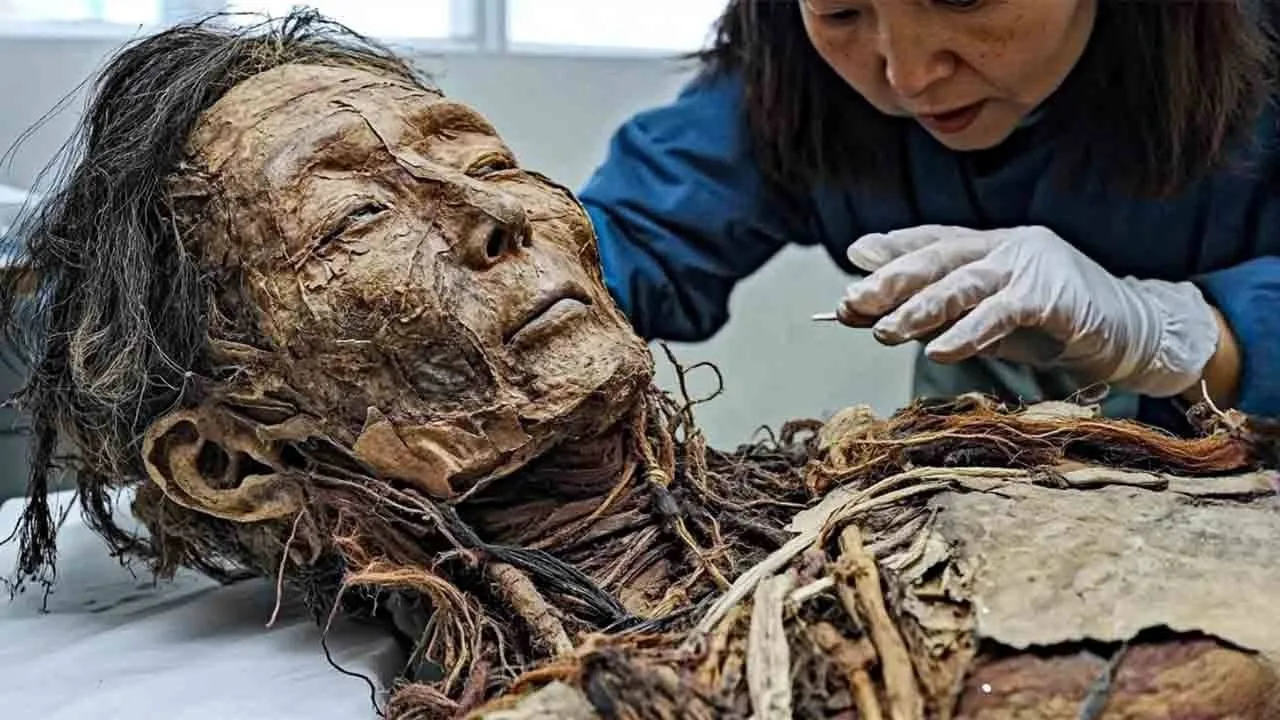
Among the most compelling finds are a variety of stone tools, pottery shards, and human fossils estimated to be thousands of years old. These discoveries indicate the presence of early human populations whose technological sophistication and cultural practices had previously been underestimated — or entirely unknown.
One of the most intriguing aspects of the finds is the suggestion that these ancient inhabitants may have interacted with now-extinct hominin species, echoing discoveries made in nearby regions such as Flores, Indonesia, where Homo floresiensis once lived. Some bone structures show traits that are both anatomically modern and archaic, hinting at a complex population history that may involve interbreeding or parallel development.
Rewriting the Map of Early Human Migration
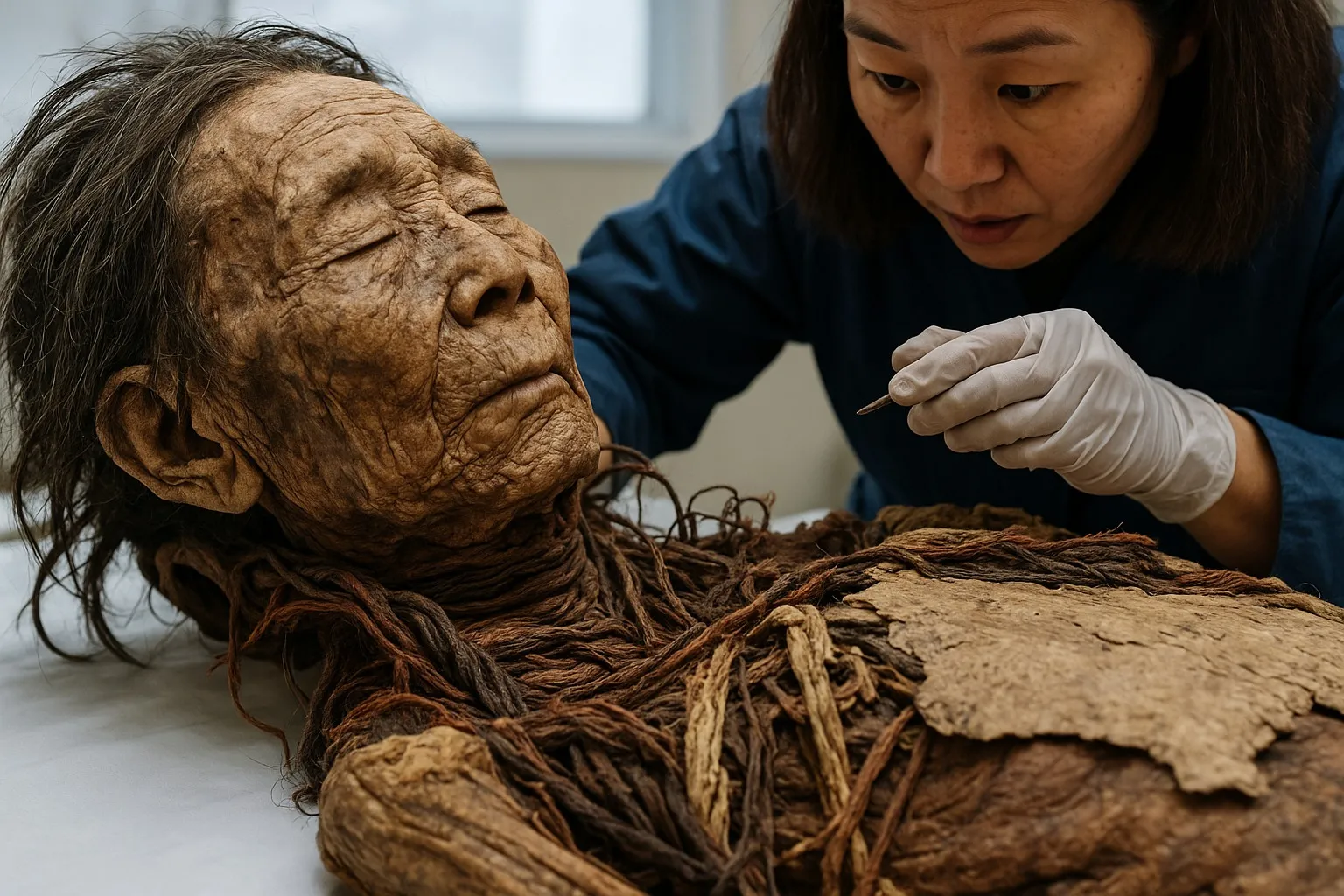
For decades, the dominant theory held that early human settlers reached the Philippine archipelago relatively late compared to other parts of Southeast Asia. However, these new discoveries are beginning to upend that view. The tools and burial patterns observed suggest a dynamic, possibly even seafaring culture that was both adaptive and interconnected with neighboring island societies.
Dr. Elena Cruz, a paleoanthropologist with the National Museum of the Philippines, noted:
“We are beginning to see the Philippines not as a peripheral zone, but as a crucial crossroads in early human migration. These people were not isolated — they were part of a broader network of interaction across the Asia-Pacific.”
Cultural Practices and Lost Knowledge
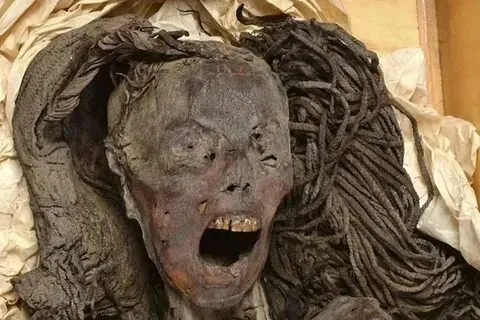
Alongside skeletal remains, researchers found ceremonial pottery, pigment-stained tools, and what appear to be musical instruments or ritual objects. Some burial sites contain grave goods arranged in patterns that suggest symbolic thinking or spiritual belief systems — further evidence that these early peoples had complex social structures.
“These findings are expanding our understanding of how advanced these societies were,” said Dr. Jason Mendoza, an archaeologist from the University of the Philippines. “It’s possible that we’ve only scratched the surface of what life was like in this region thousands of years ago.”
Ongoing Exploration and Future Revelations
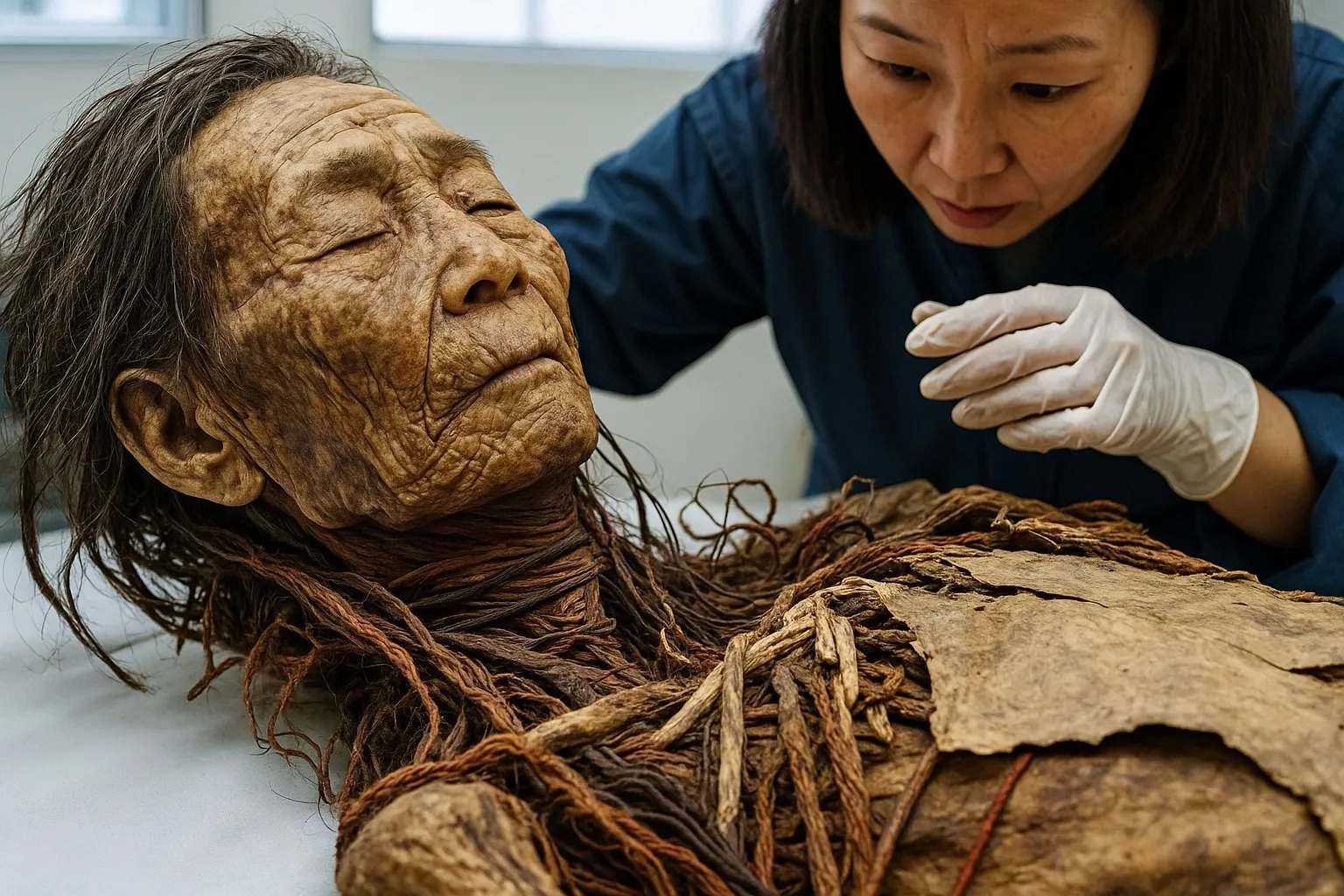
The discoveries have ignited a new wave of academic debate and collaboration, drawing international teams of archaeologists, geneticists, and historians to the region. As technology advances — including the use of DNA sequencing, remote sensing, and isotopic analysis — experts hope to unravel the genetic lineage of these ancient peoples and better understand how they relate to both modern populations and other archaic humans.
What is already clear is that the Philippines holds many more secrets beneath its soil. As researchers continue to dig deeper, both literally and metaphorically, the story of early humanity in Southeast Asia is being rewritten in real-time — and the world is watching.






